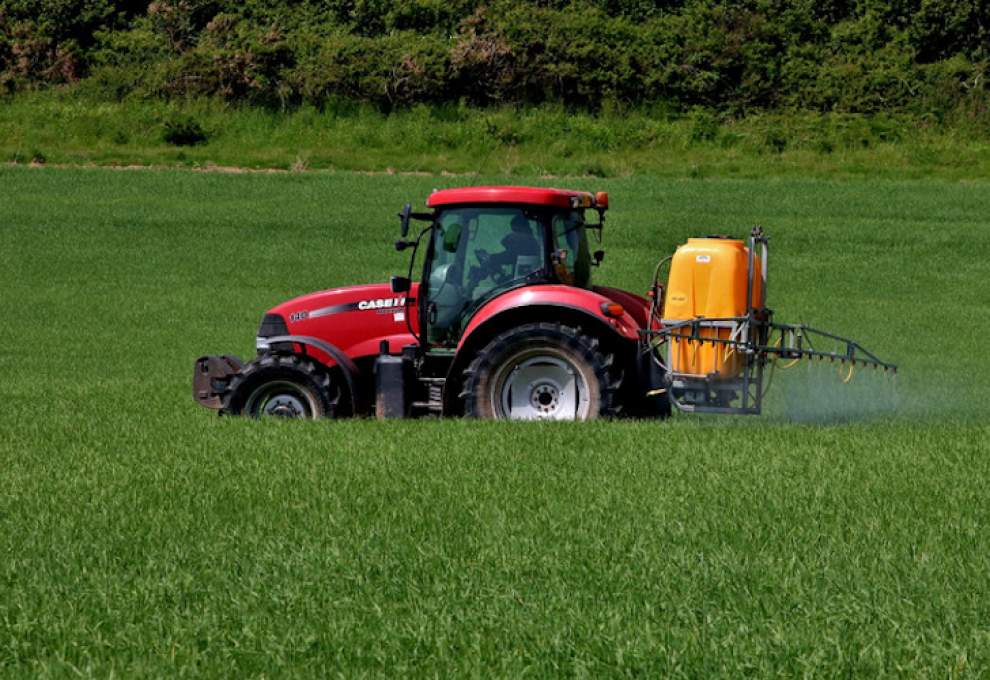
In a key vote in the European Union Parliament on November 27, Germany tipped the vote in favour of extending the license for Monsanto’s weedkiller Roundup for five years. The non-selective herbicide is widely used in no-till planting systems. There were 18 votes in favour, nine against and one abstention.
During many years of scientific study, organizations such as the U.S. Environmental Protection Agency, the European Food Safety Authority and the World Health Organization have deemed the substance safe.
However, debate escalated in 2015 when the International Agency for Researching Cancer (IARC), based in Lyon, France, came to a different conclusion. Sixteen experts looking at human evidence, animal studies and laboratory tests concluded that glyphosate was “probably carcinogenic.”
For the last 18 months, European society has debated the merits of scientific studies which came to different conclusions.
“Glyphosate is one of the safest and most effective herbicides ever developed and it has been studied and used for more than 40 years,” says Pierre Petelle, president, CropLife Canada. “It is a tool that helped revolutionize farming, allowing farmers to usher in no-till and soil conservation tillage practices that have helped save precious topsoil and reduce carbon emissions. This, and other herbicides, have allowed farmers to control weeds more effectively and grow more on existing land without having to turn new land into agricultural production.
“It’s disappointing the European Commission only voted to approve glyphosate for five years, when the scientific assessments completed by Europe’s regulatory authorities found that glyphosate is safe for use. However, this decision will provide certainty to Canadian growers who export a tremendous quantity of grains, oilseeds and pulse crops that benefit from the use of glyphosate and other herbicides.”

Add new comment